There is a growing interest lately in reducing or even ditching our fossil fuel usage and embracing renewable sources of energy. Unsurprisingly, solar energy is at the top of the list, and we’re seeing its adoption in homes, buildings, and portable power stations. But while this kind of technology is convenient for powering things that don’t move, such as buildings, their practical applications stop when it comes to everyday electronics that we carry with us, from our smartphones to even our earbuds and headphones.
Of course, we can’t carry solar panels with us all the time, at least not without looking ridiculous, and the rigid structure of solar panels makes it almost impossible or at least extremely inconvenient anyway. The few flexible solar panels that exist are primarily designed for industrial or commercial applications, so consumers are left dreaming of better, sunnier days. Thankfully, there is now technology that can integrate smaller and more flexible solar cells into everyday objects, giving these headphones nearly 24/7 battery life, presuming you even use them that long.
Designers: Exeger, Philips, Urbanista, 3M
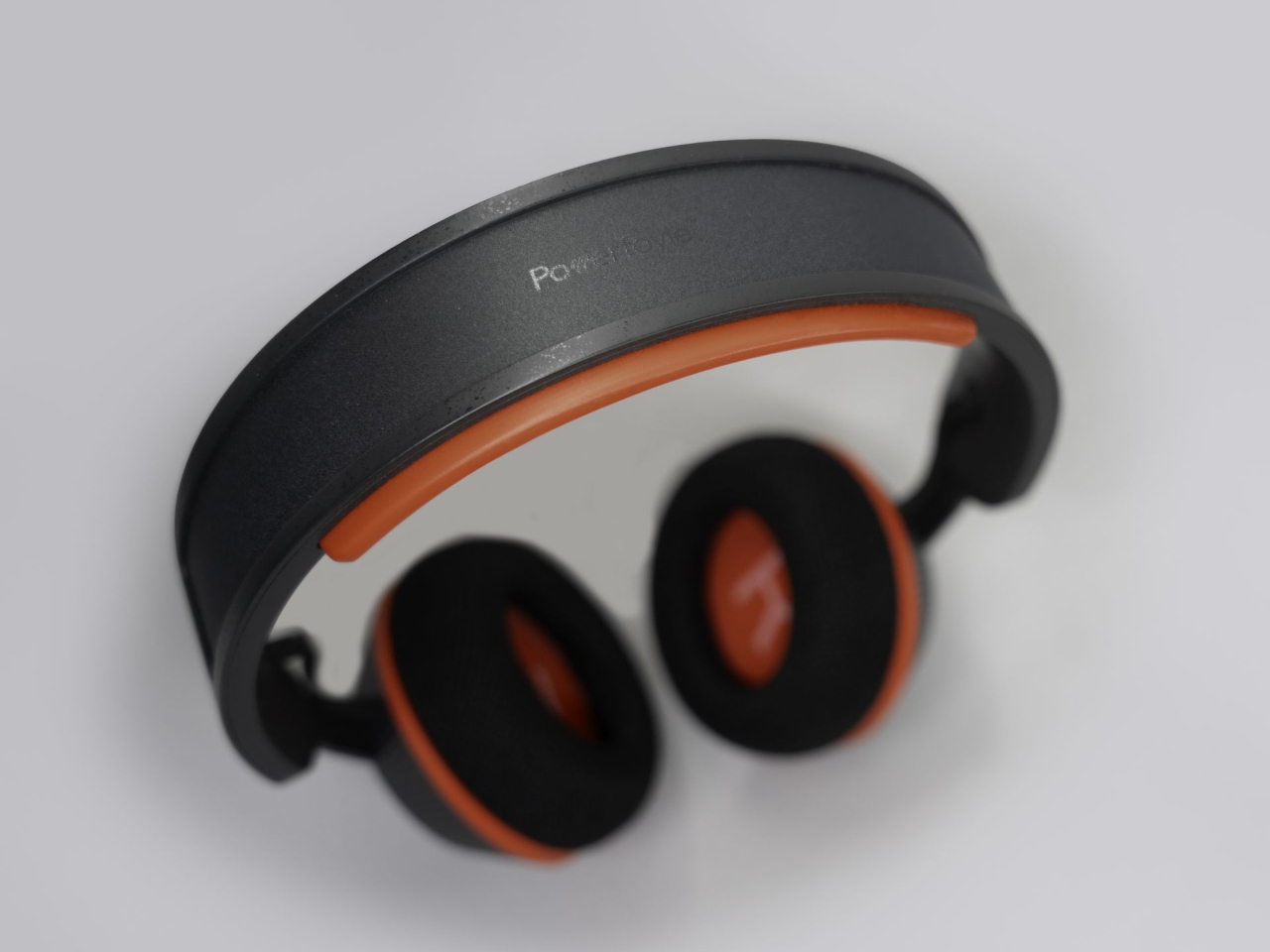

Powerfoyle by Exeger shatters conceptions of what a solar cell looks like, let alone where it can be used. It’s so flexible that it almost feels like some form of textile, and it can, in fact, be made to look like one. It can take on the appearance or even the texture of leather, fabric, or even brushed steel, and it’s durable enough to be used in places where those materials might always be exposed to the elements, like on the headbands of headphones, for example.
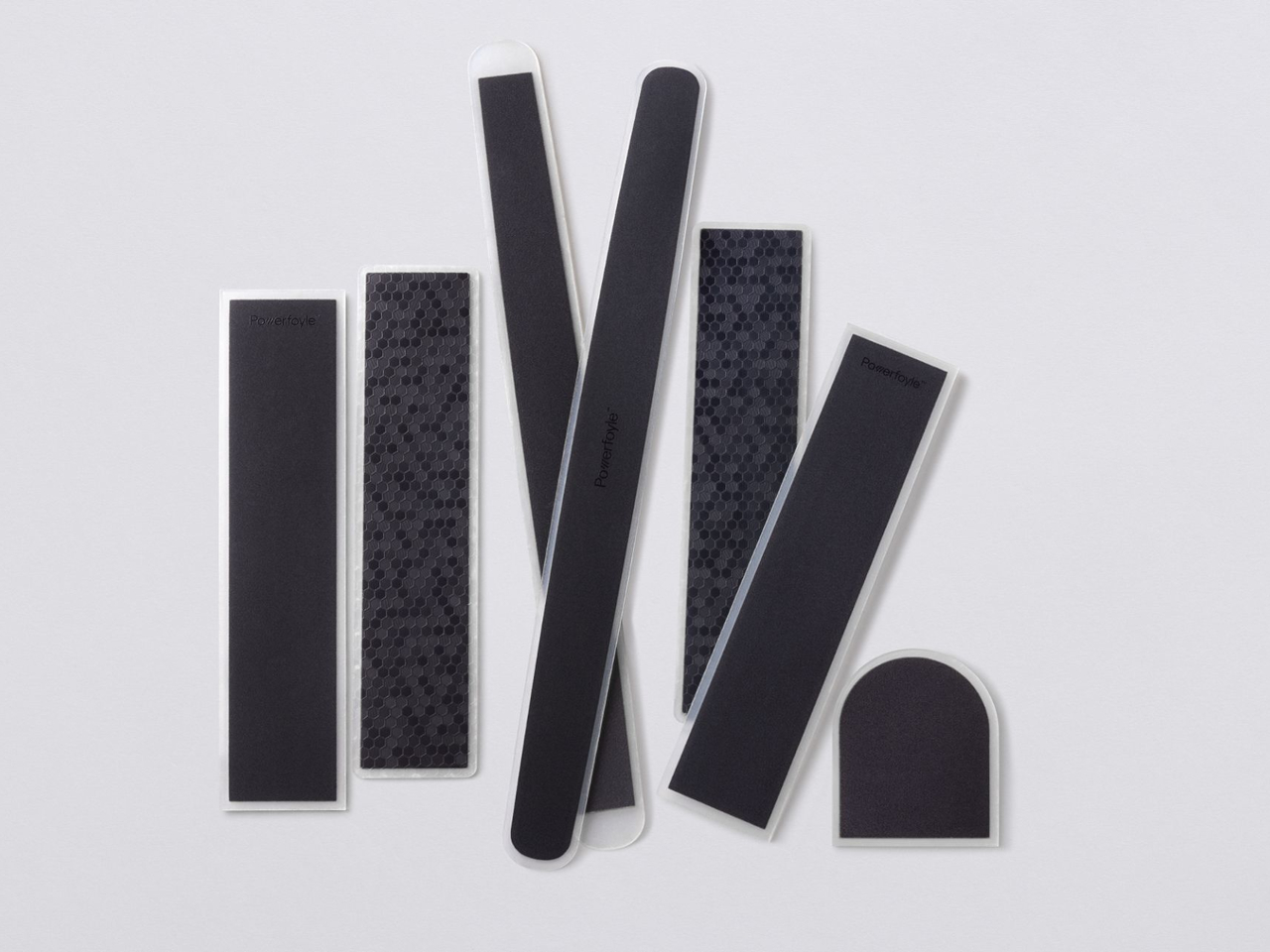
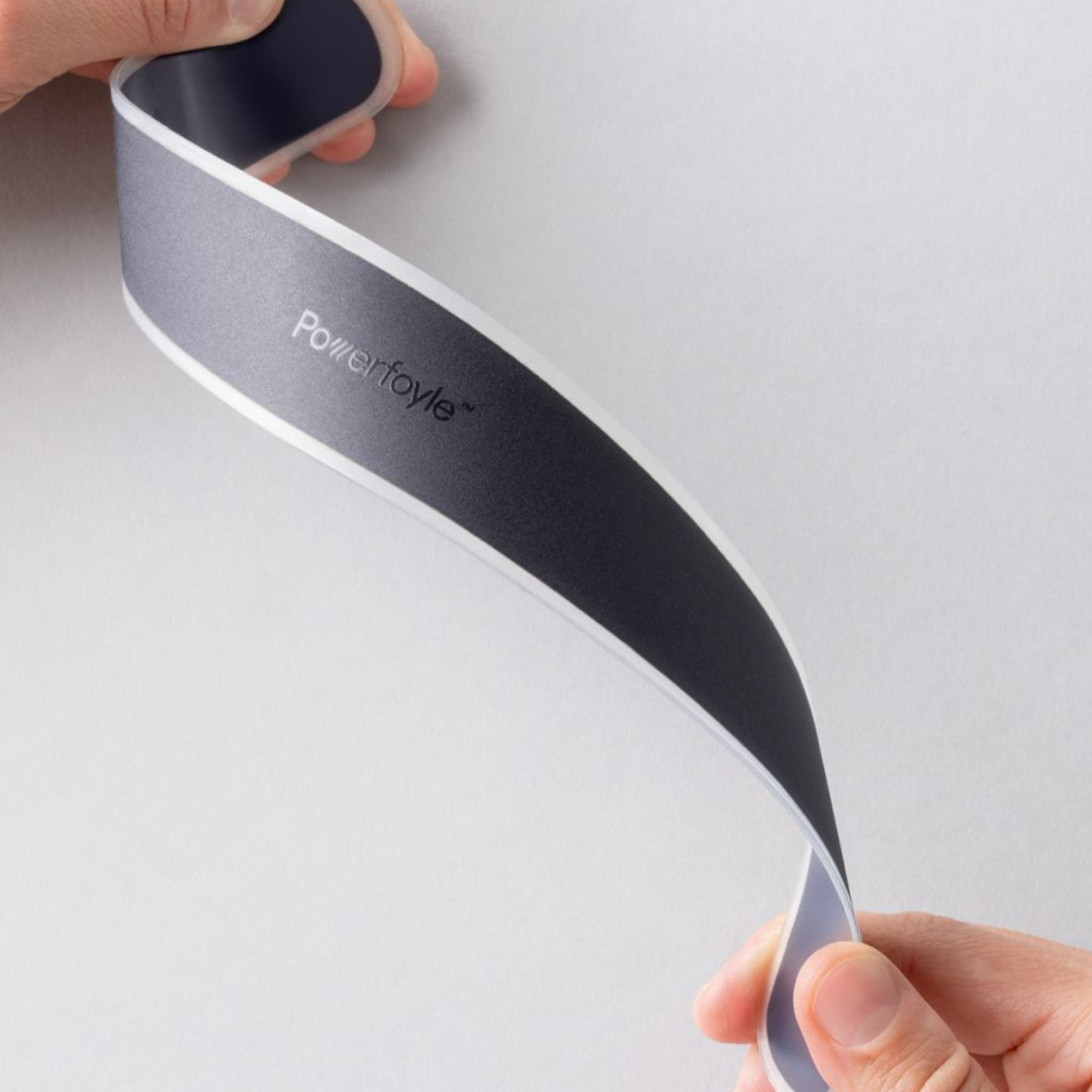
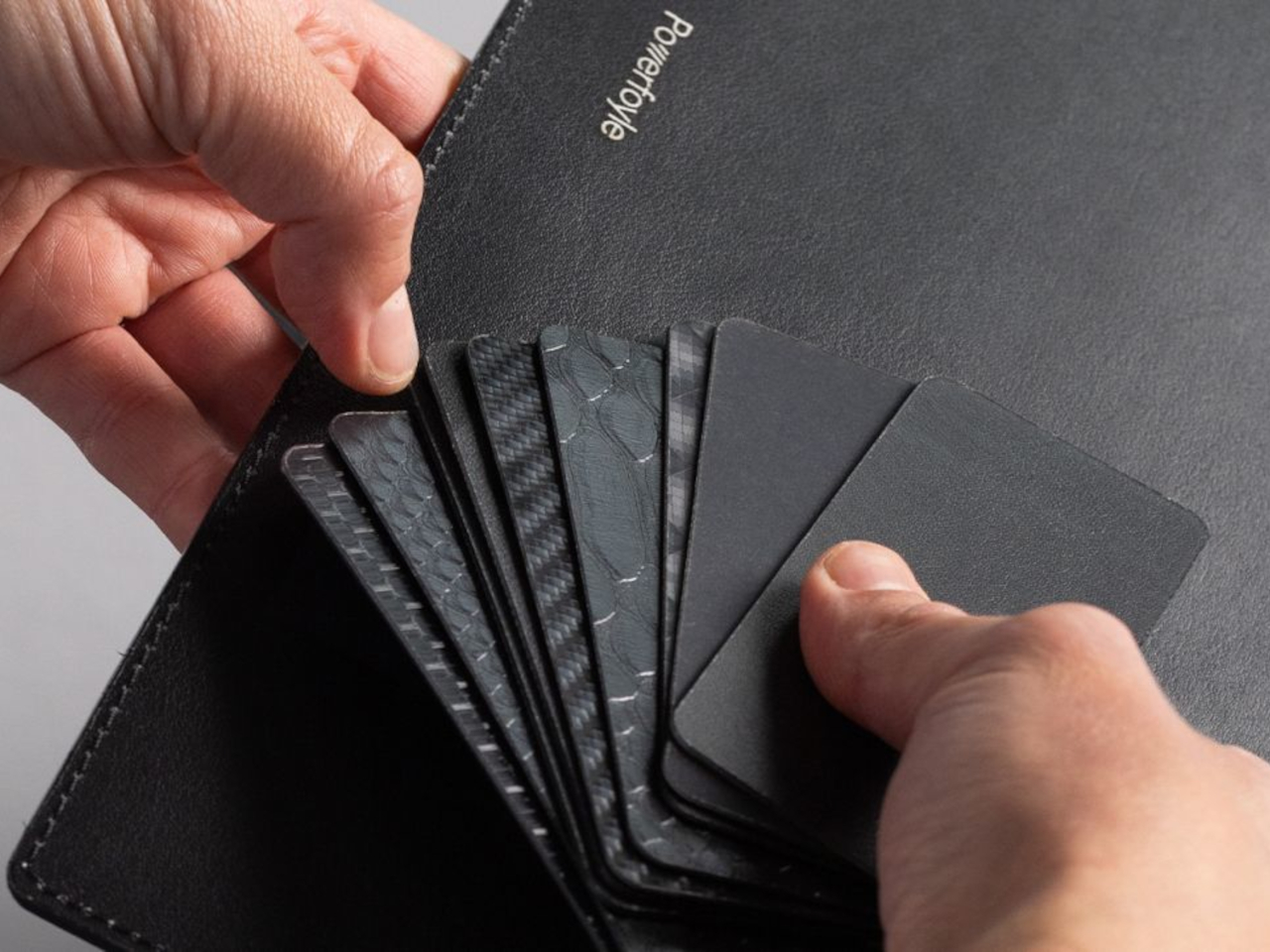
Perhaps next only to our smartphones and laptops, headphones and earbuds form a category of devices that always stress us when it comes to battery life. They either die too early, are inconvenient to charge, or both. Even wireless earbuds have to be popped out of your ear and into their charging buds to fill up again, cutting the flow of your listening pleasure.
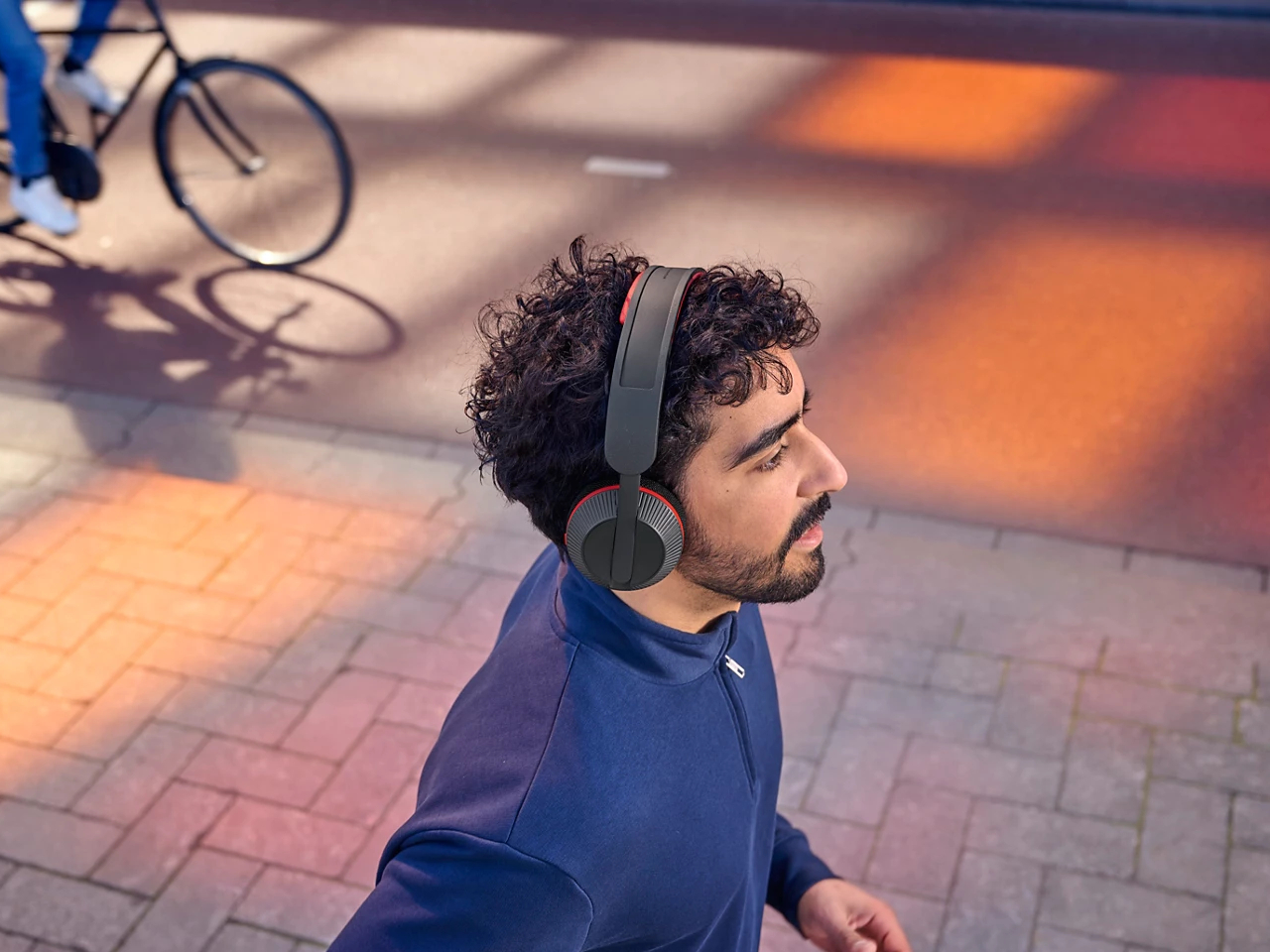
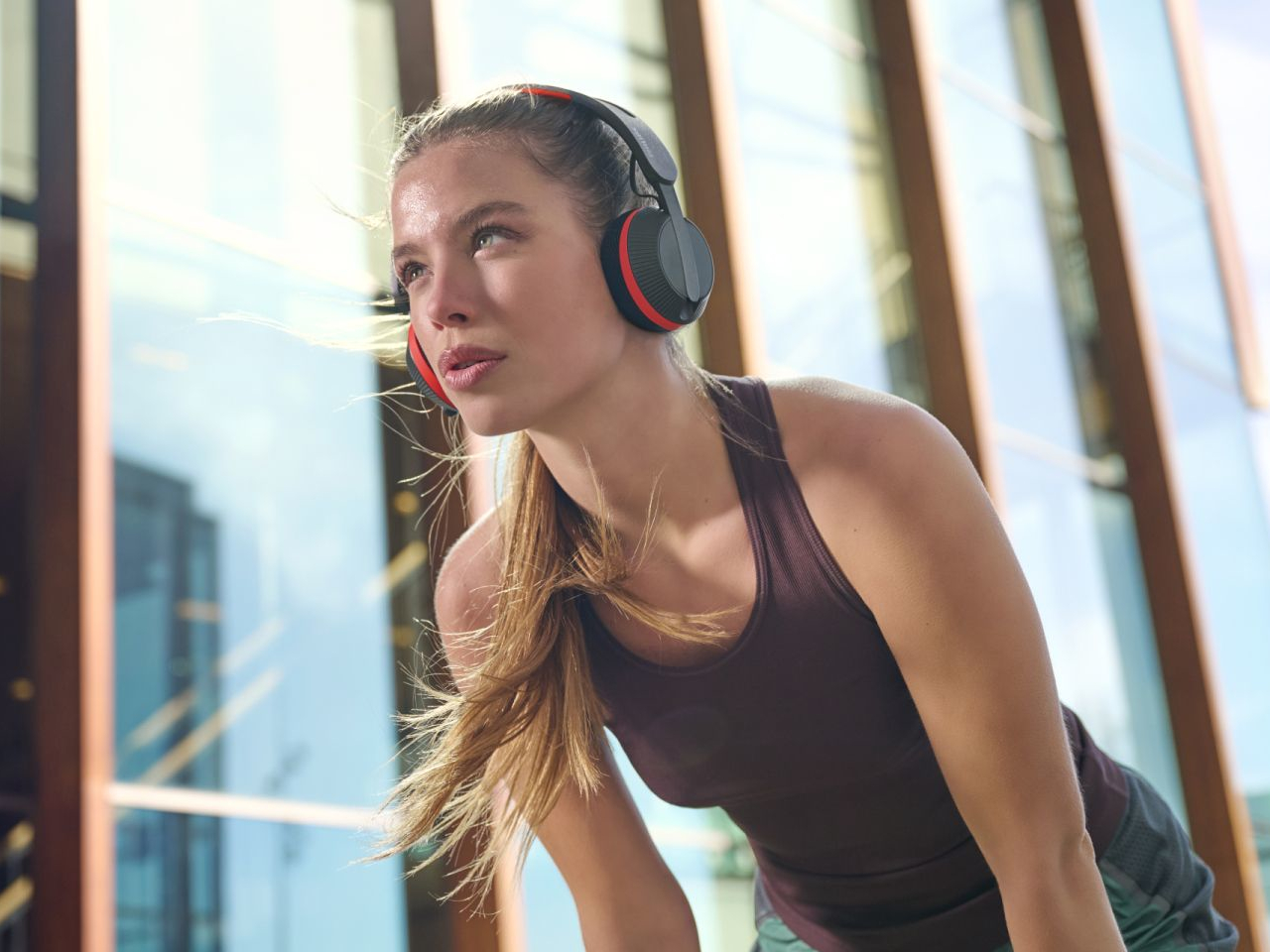
Philips A6219
Powerfoyle-powered headphones don’t have such a problem because they can charge even while you’re wearing them. They take in light energy not just from the sun but from any source available, including artificial indoor light, so you don’t have to worry about going out and baking under the harsh daylight just to recharge. In theory, it can power headphones for as long as 80 hours, though you’re unlikely to be using it that long anyway.
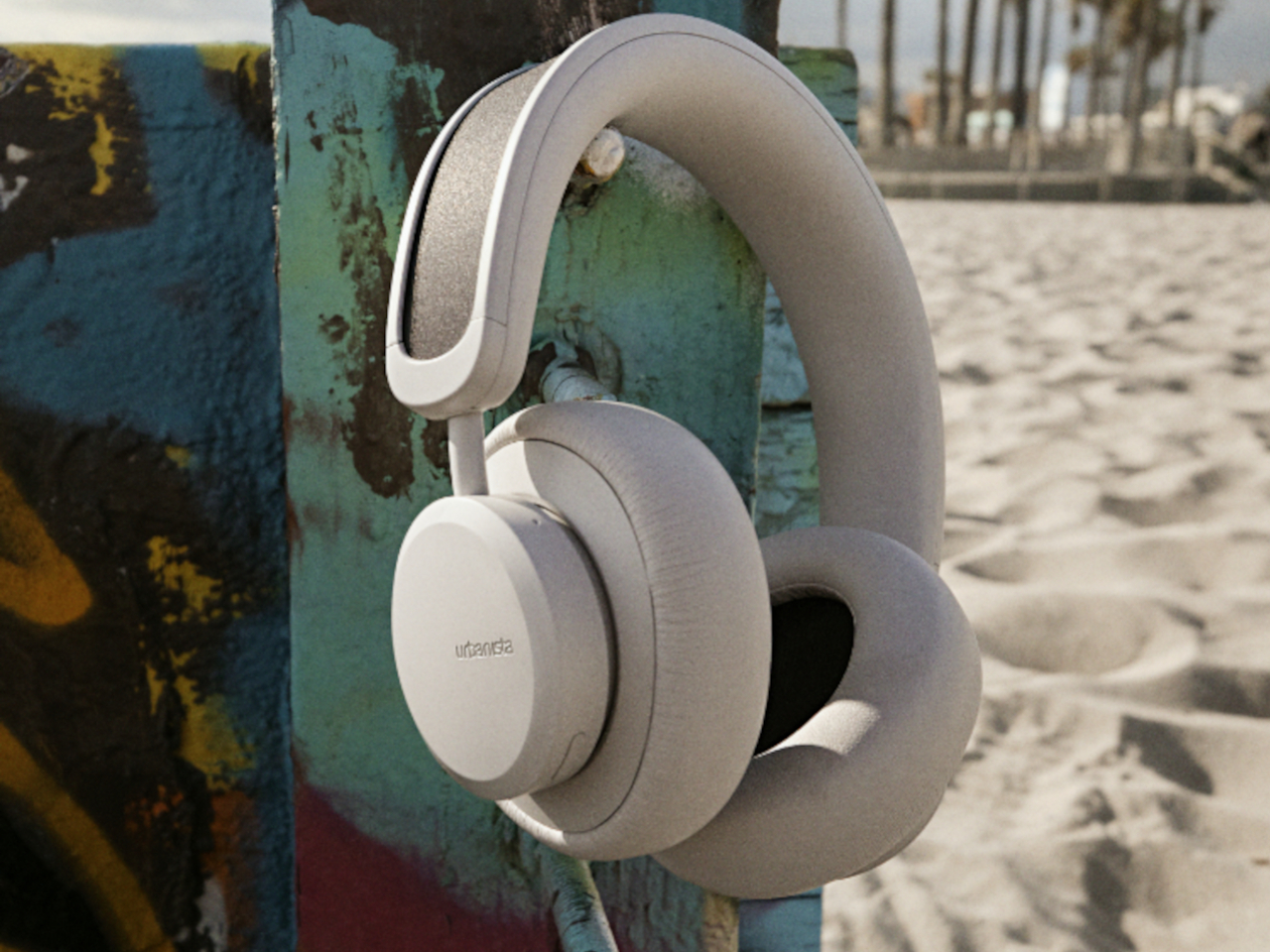
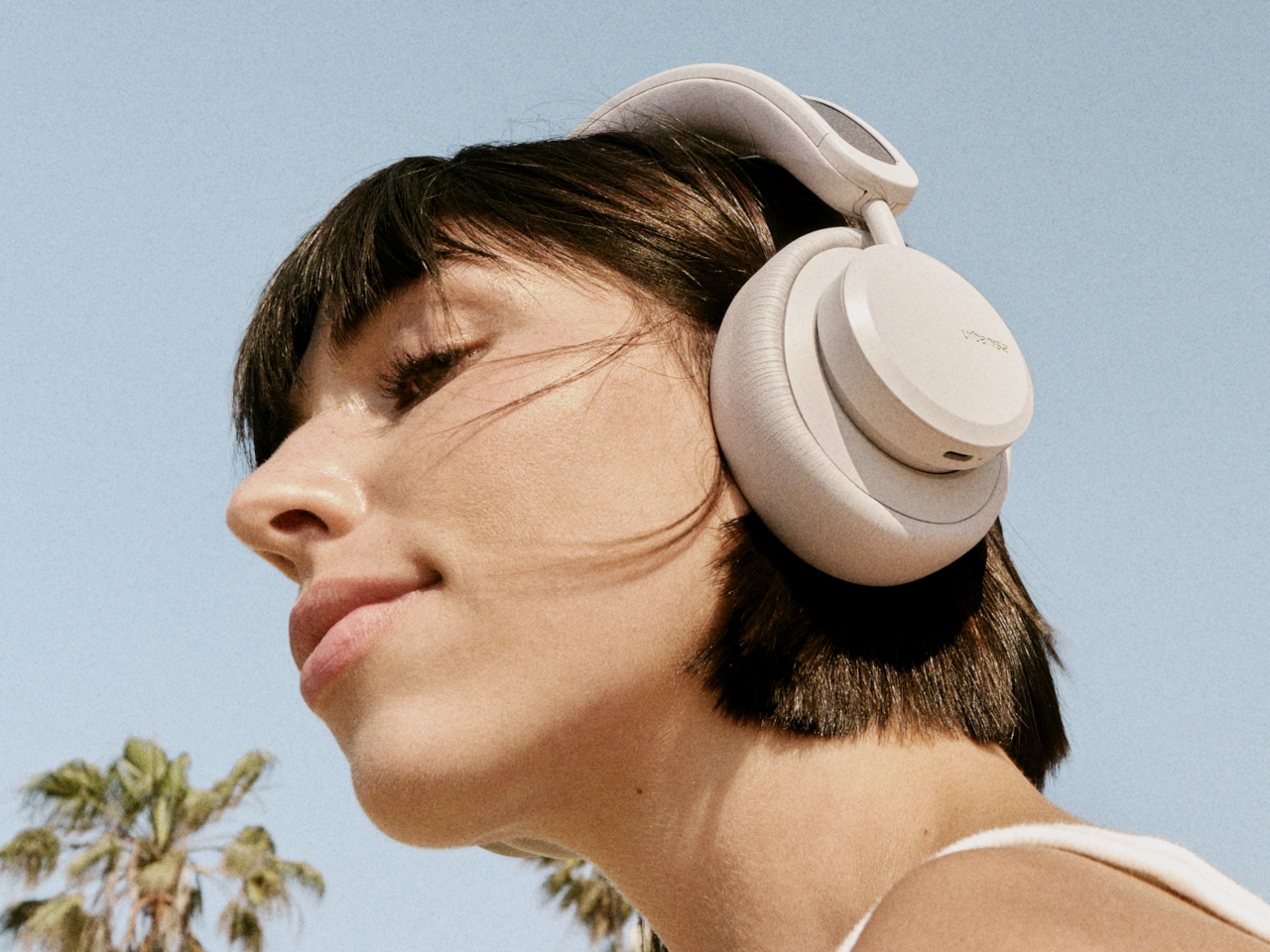
Urbanista Los Angeles
A few notable brands in the audio accessory industry are already trying out this innovative and sustainable charging solution, including Philips with its A6219 and Urbanista with the Los Angeles. Even 3M is putting the flexible solar cell to work on its WorkTunes Hearing Protector, allowing workers to not only block out the loud, harmful noise of their equipment but also let them enjoy some music or podcasts while they work. Powerfoyle can also be used on earbuds charging cases, remote controls, and toll gate transponders, ensuring these devices never lose power when you need them.
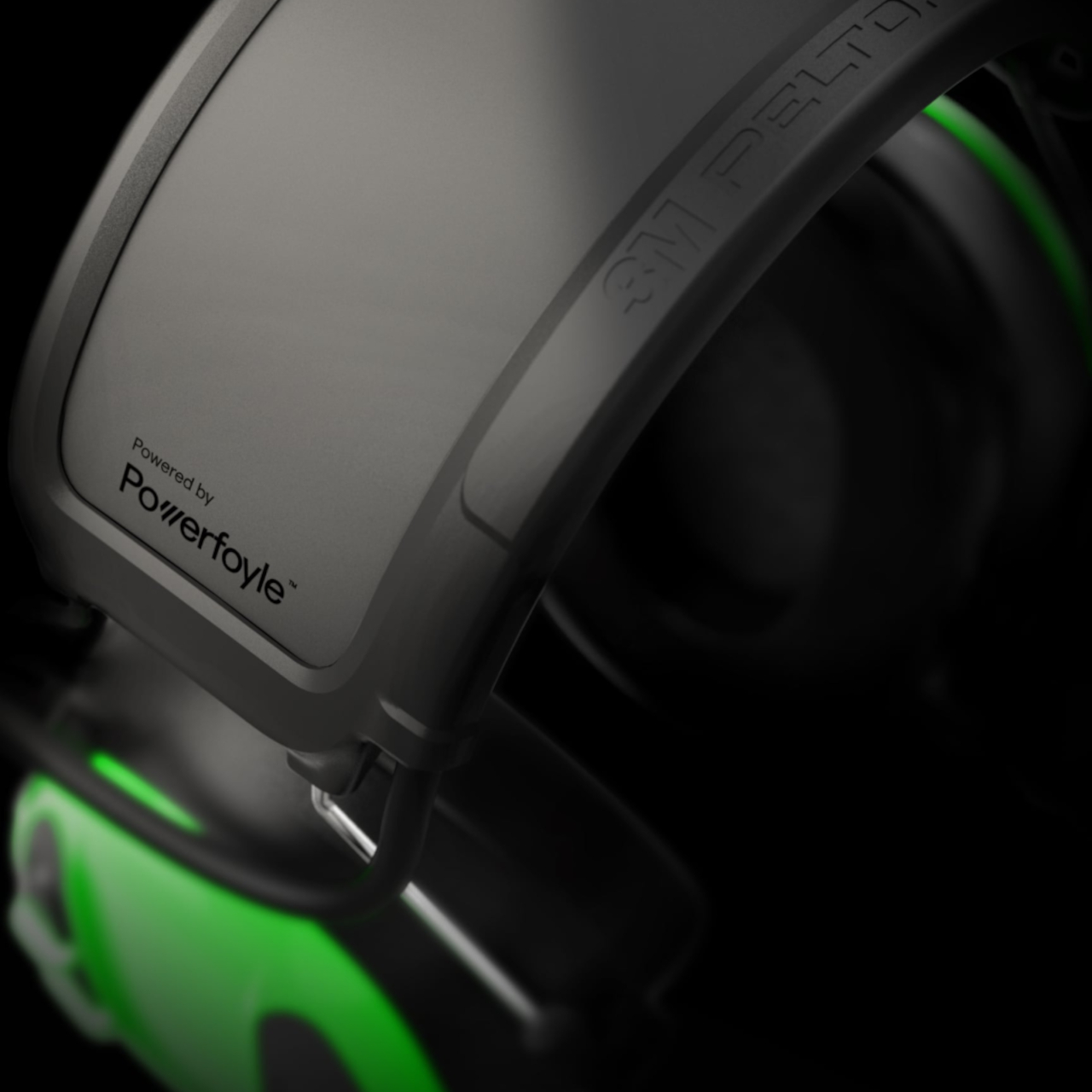
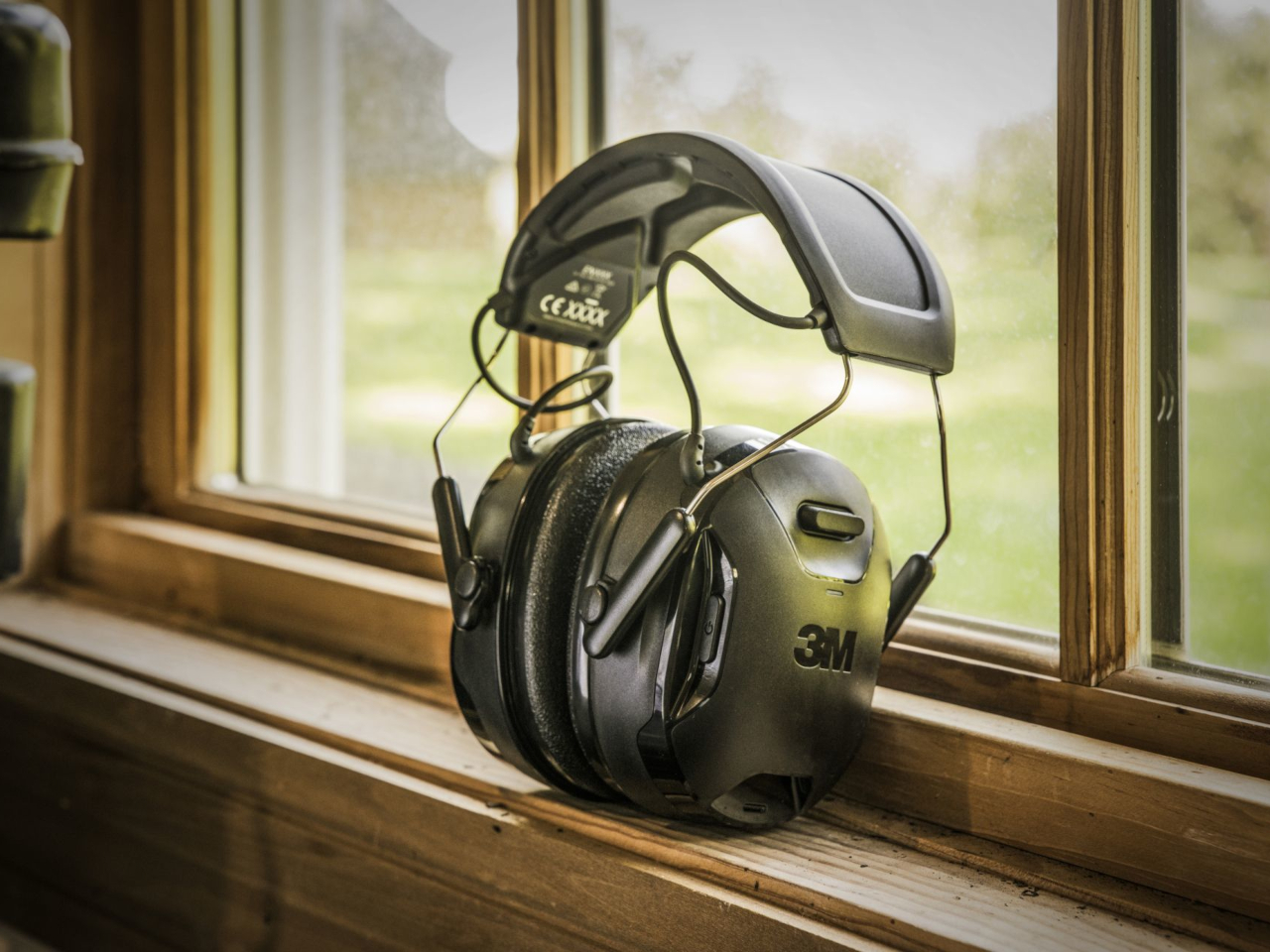
The post Flexible solar cells give headphones virtually infinite playtimes first appeared on Yanko Design.
0 Commentaires